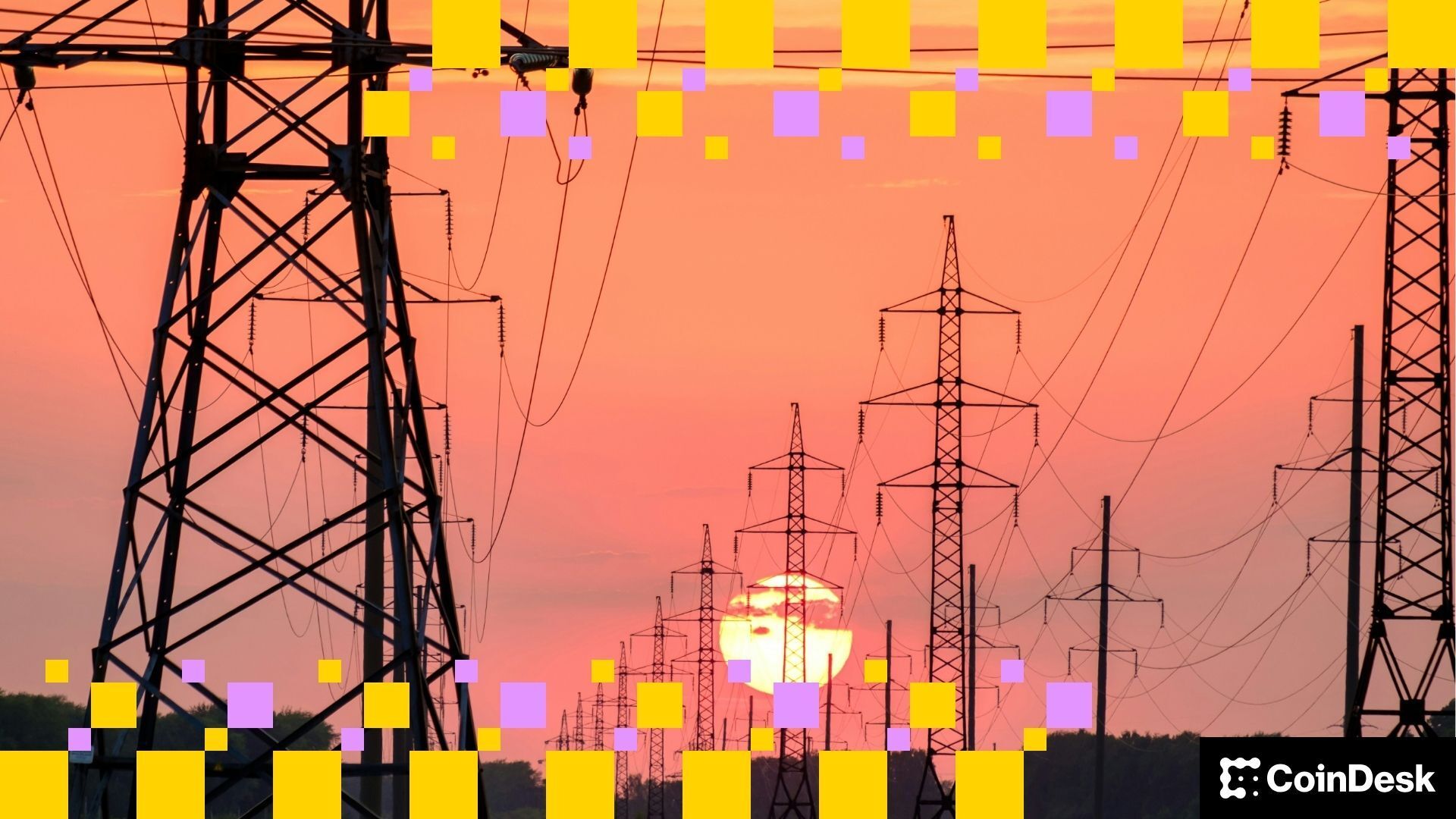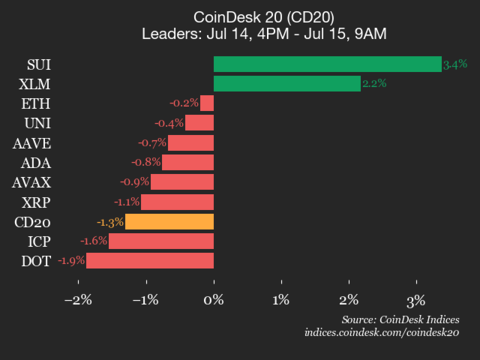
Artificial Intelligence (AI) has moved beyond being a new or developing technology; it’s now an integral part of our contemporary society, much like electricity was during the 20th century and the internet in the 21st. AI is fundamentally altering how we operate, govern, and live. In the near future, significant institutions such as hospitals and the military will adopt AI into their core functions, which underscores the importance of robust infrastructure to support it.
Although there’s a growing need for more infrastructure due to increasing energy consumption, our current infrastructure is struggling to catch up. In 2024, U.S. data centers consumed around 200 terawatt-hours of electricity, which is equivalent to powering Thailand for an entire year. By 2028, AI power usage is projected to range between 165 and 326 terawatt-hours annually, which could power approximately one-fifth of U.S. households. The growing demands placed on energy and compute systems by AI workloads are pushing them beyond their limits, making it difficult for our power grid to expand even slightly to meet the rising demand.

The discrepancy goes beyond just being a tech problem. With the escalating need for Artificial Intelligence, bottlenecks in our country’s energy distribution and computing resources could hamper progress in all fields, thereby curtailing its revolutionary capabilities.
Currently, the United States holds the lead in AI development, but it’s a race, and China is closing the gap at an impressive pace. Their DeepSeek model R1 is comparable to top-notch US models, demonstrating that rapid progress, vast resources, and efficiency can dramatically reshape the global AI landscape. China’s approach to AI is financially supported, strategically planned, and coordinated, suggesting they are making significant strides in this field. If DeepSeek serves as a benchmark for China’s momentum, it indicates that we have some catching up to do.
If the U.S. continues to neglect infrastructure development, leadership in algorithms won’t make a difference as we risk losing the battle for digital platforms. The future of artificial intelligence should be founded on values such as freedom, openness, and trust rather than surveillance and control. Addressing the energy crisis this issue creates should be a top priority for America.
In this scenario, large, centralized data centers are no longer effective. They’re inflexible, costly, and tied to a specific geographical area. What makes it even more problematic is that they establish single points of vulnerability. If a power supply fails or overheats in one location, an entire region can be thrust back into a period of technological backwardness.
Instead of relying on large, centralized structures, decentralized systems empower American ingenuity to adapt swiftly and expand efficiently. Smaller computing networks can tap into local renewable energy sources like solar, wind, or geothermal power, or make use of underutilized computational resources in households, universities, and communities. Decentralized systems are more resilient in a rapidly digitalizing world, as they’re less susceptible to threats that originate online. During emergencies or cyberattacks from malicious actors, distributed computing across individual nodes guarantees continuity, while centralized systems tend to fail.
The way forward
So what’s the path forward?
We initiate by motivating decentralized infrastructure, simplifying and increasing profitability to construct beyond hyperscale facilities. We back federal research and development in distributed computing to speed up innovation across both public and private sectors. To facilitate edge computing powered by local renewable energy, we make available federal land and institutions. Lastly, we simplify assistance for future-generation energy sources such as advanced nuclear grids, ensuring the future grid can meet the power demands of AI technology.
By adopting this method, we can minimize permit hold-ups and unlock the hidden potential within our nation’s underutilized resources – from rural power stations to abandoned industrial areas. Our energy predicament won’t be resolved by a single solution. However, these steps collectively offer a robust blueprint for America to excel in AI innovation.
This transformation accomplishes far more than just addressing our energy predicament; it alters the landscape of access. Independent developers now have the freedom to create without relying on Big Tech for computational resources. These infrastructural policies would establish a fair playing field for smaller players, enabling them to construct and deploy sophisticated AI models. In essence, they democratize opportunities for decentralized development.
AI has the potential to influence every community and field it interacts with. The one who controls its underlying structure will decide the principles that guide its impact. We have the choice either to let foreign entities dominate this foundation, overpowering our abilities to innovate and establishing centralization, surveillance, and control. Or, we can capitalize on America’s strengths, developing our infrastructure at a pace comparable to the increasing energy requirements, ensuring resilience, transparency, and liberty.
To maintain a leading position in artificial intelligence (AI) for the United States, it’s essential that we take swift action rather than relying on outdated systems or slow-moving bureaucracy. Instead of conducting additional research or creating more advisory groups, we must focus on construction – and start building immediately if we are to shape the future according to our own plans.
Let’s get to work.
Note: The views expressed in this column are those of the author and do not necessarily reflect those of CoinDesk, Inc. or its owners and affiliates.


CoinDesk 20 Performance Update: Bitcoin Cash (BCH) Drops 3.1% as Index Trades Lower

Crypto Banking Startup Dakota Raises $12.5M for Global Stablecoin Push

Risc Zero’s ‘Boundless’ Incentivized Testnet Goes Live

USDC Holders Can Now Earn Yield on Crypto Options Exchange Deribit

U.S. June CPI Rose an In Line 0.3%; Core Rate Slightly Better Than Hoped at 0.2%


Bitcoin, XRP Open Interest Nears Record High as Bull Market Pullback Unfolds

Strategy Bears Cave In as Anti-MSTR Leveraged ETF Hits Rock Bottom

Satoshi-Era Whale Sells 9K BTC for Over $1B as Bitcoin Dips Below $117K

Dogecoin Leads Losses Among Majors as Profit-Taking Grips Crypto Market

Bitcoin Rally Stalls as Long-Term Holders Cash Out
Read More
- BTC PREDICTION. BTC cryptocurrency
- Gold Rate Forecast
- TRX PREDICTION. TRX cryptocurrency
- USD VES PREDICTION
- USD PLN PREDICTION
- FIL PREDICTION. FIL cryptocurrency
- EUR CNY PREDICTION
- NEAR PREDICTION. NEAR cryptocurrency
- STETH PREDICTION. STETH cryptocurrency
- JUP PREDICTION. JUP cryptocurrency
2025-07-15 17:54